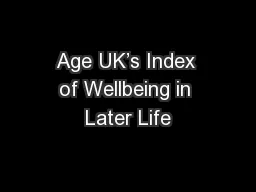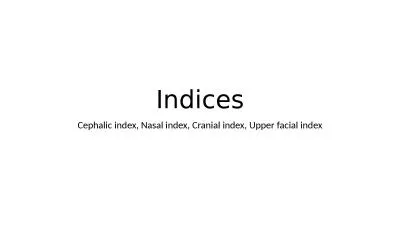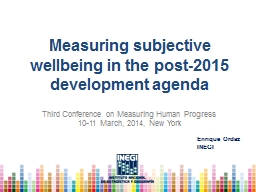PPT-Age UK’s Index of Wellbeing in Later Life
Author : yoshiko-marsland | Published Date : 2017-05-21
University of Exeter Medical School 19 January 2017 Prof James Goodwin Chief Scientist Age UK Prof José Iparraguirre Chief Economist Age UK Index Rationale Data
Presentation Embed Code
Download Presentation
Download Presentation The PPT/PDF document "Age UK’s Index of Wellbeing in Later L..." is the property of its rightful owner. Permission is granted to download and print the materials on this website for personal, non-commercial use only, and to display it on your personal computer provided you do not modify the materials and that you retain all copyright notices contained in the materials. By downloading content from our website, you accept the terms of this agreement.
Age UK’s Index of Wellbeing in Later Life: Transcript
Download Rules Of Document
"Age UK’s Index of Wellbeing in Later Life"The content belongs to its owner. You may download and print it for personal use, without modification, and keep all copyright notices. By downloading, you agree to these terms.
Related Documents














